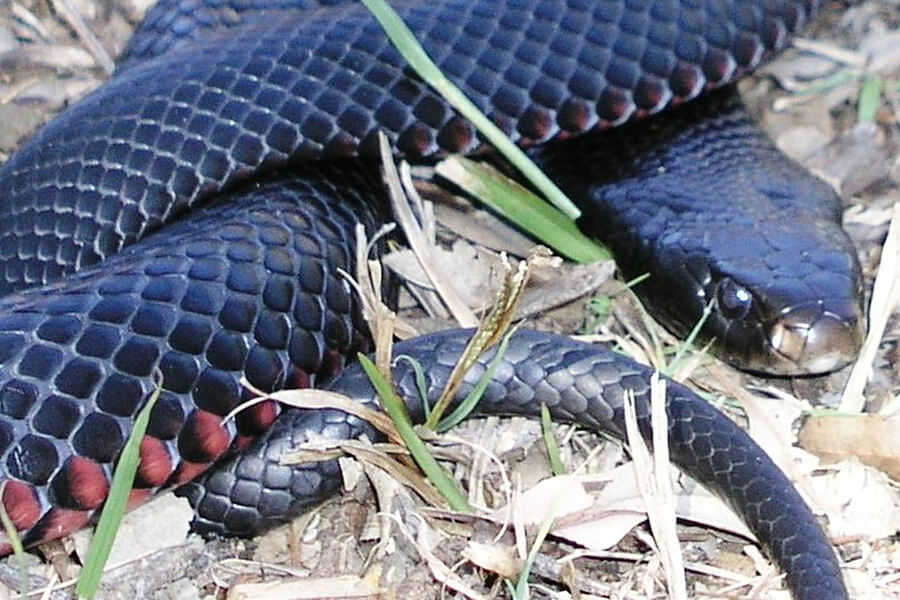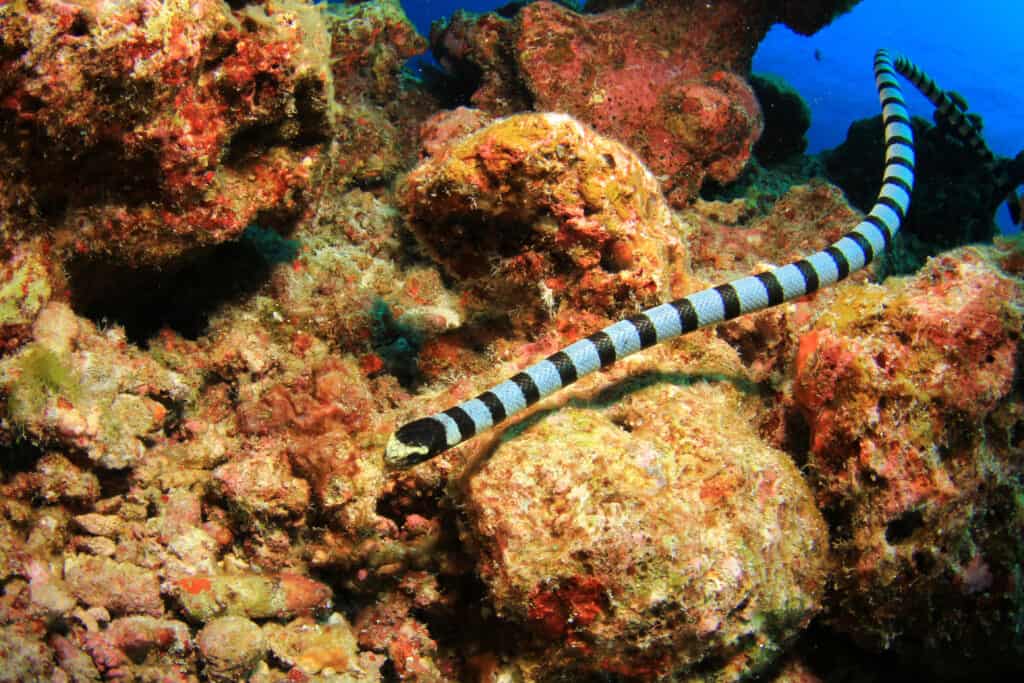Introduction

When it concerns the fascinating world of snakes, few types capture the imagination quite like the infant tiger serpent. Known for their unique coloration and potent poison, these serpents are an essential part of Australia's one-of-a-kind community. In this thorough post, we will certainly look into numerous facets of infant tiger snakes, including their actions, environment, and exactly how to securely interact with them. Whether you're a wild animals fanatic or simply interested about these animals, comprehending baby tiger serpents can assist promote a much deeper recognition for nature.
Baby Tiger Snakes: What You Need to Find Out About Their Behavior and Habitat
What Are Baby Tiger Snakes?
Baby tiger serpents are adolescent forms of the highly venomous types understood scientifically as Notechis scutatus These snakes are mainly discovered in seaside regions of Australia, particularly in Tasmania and southerly Victoria. As they grow, their pigmentation modifications from a much more soft combination to the particular yellow and black bands that give them their name.
One remarkable element of baby tiger snakes is their dimension; hatchlings typically determine around 25-30 cm in size. Regardless of their little stature, they have a shocking amount of poison that can be destructive to people if bitten.
Physical Characteristics
Tiger snakes possess a number of key physical traits:
- Coloration: The distinct banding pattern frequently becomes much more noticable as they mature. Size: Grownups can reach lengths of as much as 2 meters. Body Shape: They have a robust body that helps in swimming and earthbound movement.
Where Do Infant Tiger Snakes Live? Comprehending Their Habitat
Understanding the environment choices of infant tiger serpents is essential for both preservation efforts and public safety and security. These snakes prosper in numerous Evacuation Procedures atmospheres:

- Wetlands: Marshes and swamps provide adequate hunting grounds. Coastal Regions: Often discovered near coastlines where they can hunt for prey. Woodlands: Dense plants offers cover from predators.
Geographical Distribution
Tiger serpents are mainly discovered along Australia's southern coastline, including:
- Tasmania: Home to among the most infamous populations. Victoria: Specifically in locations near water bodies.
Are Tiger Snakes Venomous? A Deep Study Their Venom
One common inquiry occurs when going over infant tiger snakes: "Are tiger snakes venomous?" The answer is a definite yes!
Venom Composition
The venom of tiger serpents includes neurotoxins that can cause paralysis, coagulopathy (blood clot problems), and potentially fatality if without treatment. Here's what you need to recognize:

- Effects on Humans: A bite from a tiger snake can result in symptoms like swelling, discomfort at the bite website, nausea or vomiting, and even breathing failure.
Comparison with Other Poisonous Snakes
In contrast to various other Australian serpents such as the eastern brownish serpent or king brownish serpent, tiger serpent poison is taken into consideration among the most potent. Nevertheless, deaths are unusual as a result of enhanced medical therapies and accessibility to antivenom.
Behavioral Patterns of Infant Tiger Snakes
Understanding just how child tiger serpents act is important for those that reside in or visit locations where these reptiles are prevalent.
Nocturnal Habits
Most child tiger serpents display nighttime actions. They tend to forage for food throughout cooler night temperature levels. This versatility aids them avoid predators while improving their hunting efficiency.
Hunting Techniques
Their searching techniques consist of:
- Ambush Predation: Waiting motionless up until victim comes close. Active Foraging: Actively moving with plants or along rivers searching for food.
First Aid for Snake Bites: What You Must Know
Despite being interesting Venomous snake creatures, encounters with infant tiger serpents can bring about harmful circumstances if bites happen. Knowing first aid procedures can save lives.
Immediate Steps After a Bite
Remain tranquility; panic raises heart rate. Immobilize the influenced limb making use of a splint or bandage. Seek prompt medical focus-- antivenom might be necessary.Creating a Serpent Bite First Aid Kit
A well-prepared emergency treatment package should consist of:
|Thing|Function|| ------------------------------|--------------------------------------|| Compression bandage|To paralyze the arm or leg|| Splint|Stabilizes broken bones or joints|| Antihistamines|Alleviates allergic reactions|| Emergency situation get in touch with numbers|Quick gain access to throughout emergencies|
Common Myths Regarding Tiger Snakes Debunked
Many myths border these interesting reptiles; allow's make clear some mistaken beliefs frequently held by people.
Myth # 1: All Tiger Snakes Are Aggressive
While some people might show protective actions when intimidated, Educating about venomous snakes not all tiger snakes display screen aggression in the direction of people unless provoked.
Myth # 2: Baby Tiger Snakes Are Much Less Harmful Than Adults
This misconception could not be better from the truth! Baby tiger snakes contain almost as much venom as grownups about their dimension; thus they pose substantial dangers if bitten.
FAQs About Infant Tiger Snakes
What do child tiger snakes eat?- They largely take in little animals, birds, frogs, and fish.
- Look for slim bodies with pale banding patterns that become extra obvious as they mature.
- Yes! Birds of prey and bigger reptiles may target them.
- Typically every few weeks as they grow rapidly during their early life stages.
- While some individuals do keep them illegally without permits as a result of their dangerous nature; it's generally not recommended given their venomous status.
- With punctual medical treatment-- consisting of antivenom-- the survival rate is high!
Conclusion
In recap, recognizing baby tiger snakes-- what they consume, where they live, how they act-- can equip us with valuable expertise concerning these remarkable yet hazardous creatures. The relevance of education bordering first aid measures can not be overstated; knowing exactly how to react properly after a bite could save lives while promoting respect for our wriggling next-door neighbors within Australia's rich biodiversity spectrum.
By valuing these snakes' functions within communities-- and recognizing possible risks-- we advertise conjunction instead of fear-based responses toward each other's existence in nature's grand tapestry! Whether you're a passionate hiker pondering your next journey or just interested about regional wildlife experiences near home-- this guide acts as your trusted referral point on the enigmatic globe inhabited by our buddies-- the wonderful baby tiger snake!